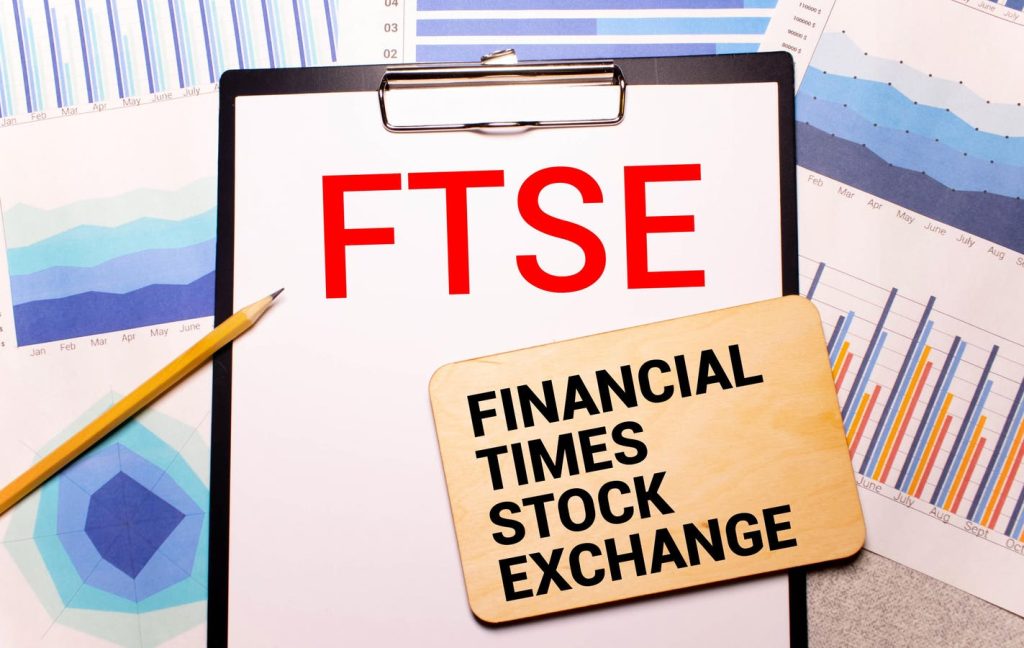The U.K.’s FTSE 100 market has been stagnant for a generation, never fully recovering from the dotcom crash and consistently underperforming compared to other international markets like the S&P 500 or the DAX. Companies are delisting and big companies are considering moving away from London due to lower valuations. However, recent activity suggests that the FTSE 100 may be on the verge of waking up from its slumber.
Despite being fundamentally cheap with plenty of potential for growth, the FTSE 100 has remained undervalued for years. Recent market weakness caused by geopolitical news had led to expectations of a correction, but the market has instead bounced back and hit new all-time highs. The chart indicates a pressure building for a repricing, with a power curve structure suggesting a bull market in the making.
The fast hockey stick structure of the FTSE 100 indicates a potential for significant growth over the next two to five years. While trading can interfere with long-term trends, simply buying and holding can lead to profitable returns. The recent breakout in the FTSE 100 is a positive sign, although further confirmation of sustained growth is needed. The low valuations in the market suggest a long road up from the current levels.
Inflation is expected to contribute to nominal value increases in the market, potentially limiting the impact of the rally on new buying power. However, being in a rising market is preferable to holding cash that is eroding in value. The prediction of 10,000 on the FTSE 100 in the current run indicates optimism for significant growth in the market. Overall, it appears that the era of U.K. FTSE 100 stagnation may be coming to an end, signaling a profitable period for investors who hold onto undervalued assets and ride the wave of the market upswing.


